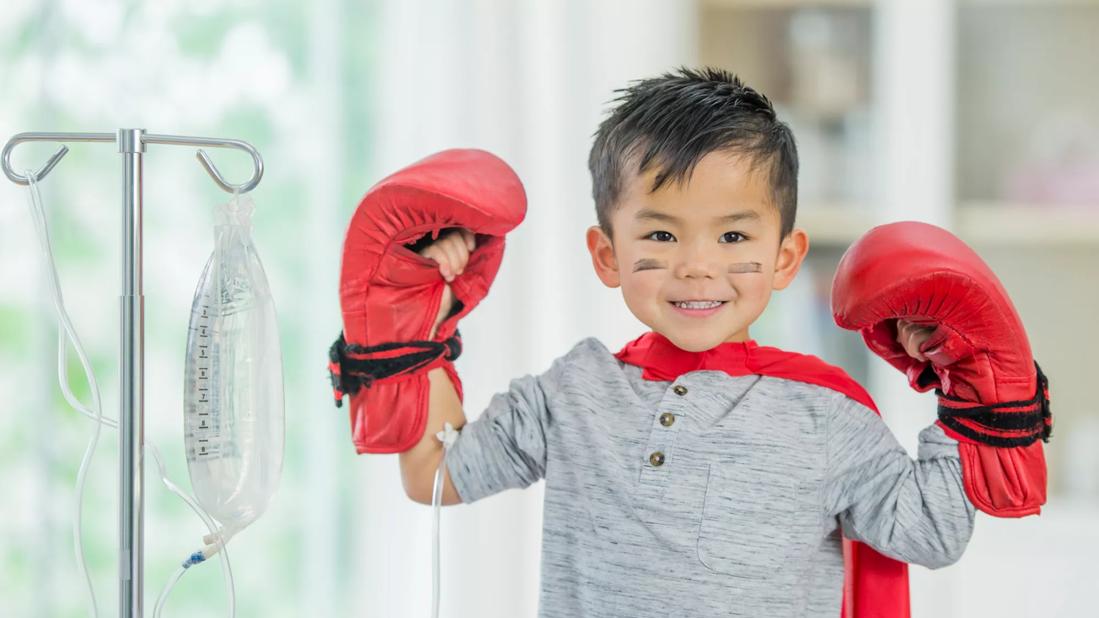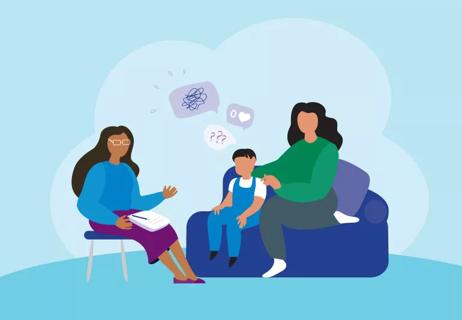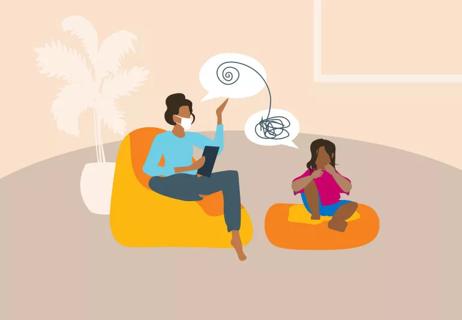Targeted therapy with chemotherapy

As new, more targeted cancer therapies for adults are approved by the U.S. Food and Drug Administration (FDA), researchers are turning their focus to drugs that attack solid tumors in children.
Advertisement
Cleveland Clinic is a non-profit academic medical center. Advertising on our site helps support our mission. We do not endorse non-Cleveland Clinic products or services. Policy
The idea behind targeted therapies is that the drugs attack tumor cells directly. For example, one way targeted therapies function is to prevent tumor cells from forming new blood vessels that could fuel tumor growth. Essentially, they work to starve growing tumors.
Other targeted therapies inhibit specific proteins that sit on the outside of tumor cells, which allows for tumor-directed therapy that does not affect the body’s normal cells. Still other targeted therapies inhibit proteins within the tumor cell’s pathway that would normally allow for its growth, thus leading to cell death.
“Before any of these drugs are made available in pediatric patients, they must prove to be safe and effective in adults,” says pediatric oncologist Stacey Zahler, DO.
She continues, “Hopefully, as we find drugs that are more effective than what we currently use as standard of care, those drugs will be FDA-approved and made available to all patients.”
Most clinical trials are focused on the use of targeted therapies along with chemotherapy.
Dr. Zahler thinks combining these targeted therapies along with conventional chemotherapy could be instrumental in patients whose disease is high-risk, recurrent or refractory (difficult to manage).
Advertisement
She points to a study on neuroblastoma, the most common solid tumor cancer in children. This research was published by the Children’s Oncology Group (COG), a National Cancer Institute supported clinical trials group for childhood and adolescent cancer research. (Cleveland Clinic is one of the 200 hospitals, universities and cancer centers worldwide that is part of this collaborative pediatric oncology group.)
“The study focused on pediatric patients with refractory or relapsed neuroblastoma,” Dr. Zahler says. “Once a patient has a recurrence of neuroblastoma, the prognosis significantly decreases.”
The trial included conventional chemotherapy in addition to the FDA-approved dinutuximab, an immunotherapy drug for high-risk patients with a dismal prognosis. Combining this immunotherapy with conventional chemotherapy led to a significant 53% response rate in these patients.
“It is through studies like these, within collaborative groups such as the COG, that some of the most effective treatments for pediatric cancer have been discovered and are now the standard of care,” Dr. Zahler says.
Various studies hold promise for pediatric patients with solid tumors, including:
These are some of the promising ways researchers are addressing the needs of children who have cancer.
Advertisement
Learn more about our editorial process.
Advertisement

The same things you do to treat sore muscles after exercise can help treat soreness after a massage

Be involved in your kid’s care, but be mindful of boundaries

Relationship guidance from a professional can help with communication, intimacy and trust

Look for comfort, fit and a feeling of partnership

Research types, find a therapist who fits you and remember — therapy isn’t a sign of weakness

Light therapy can boost sleep and help fight depression

And a few reasons why your BFF shouldn’t be your therapist

Type 2 diabetes isn’t inevitable with these dietary changes

Applying a hot or cold compress can help with pain